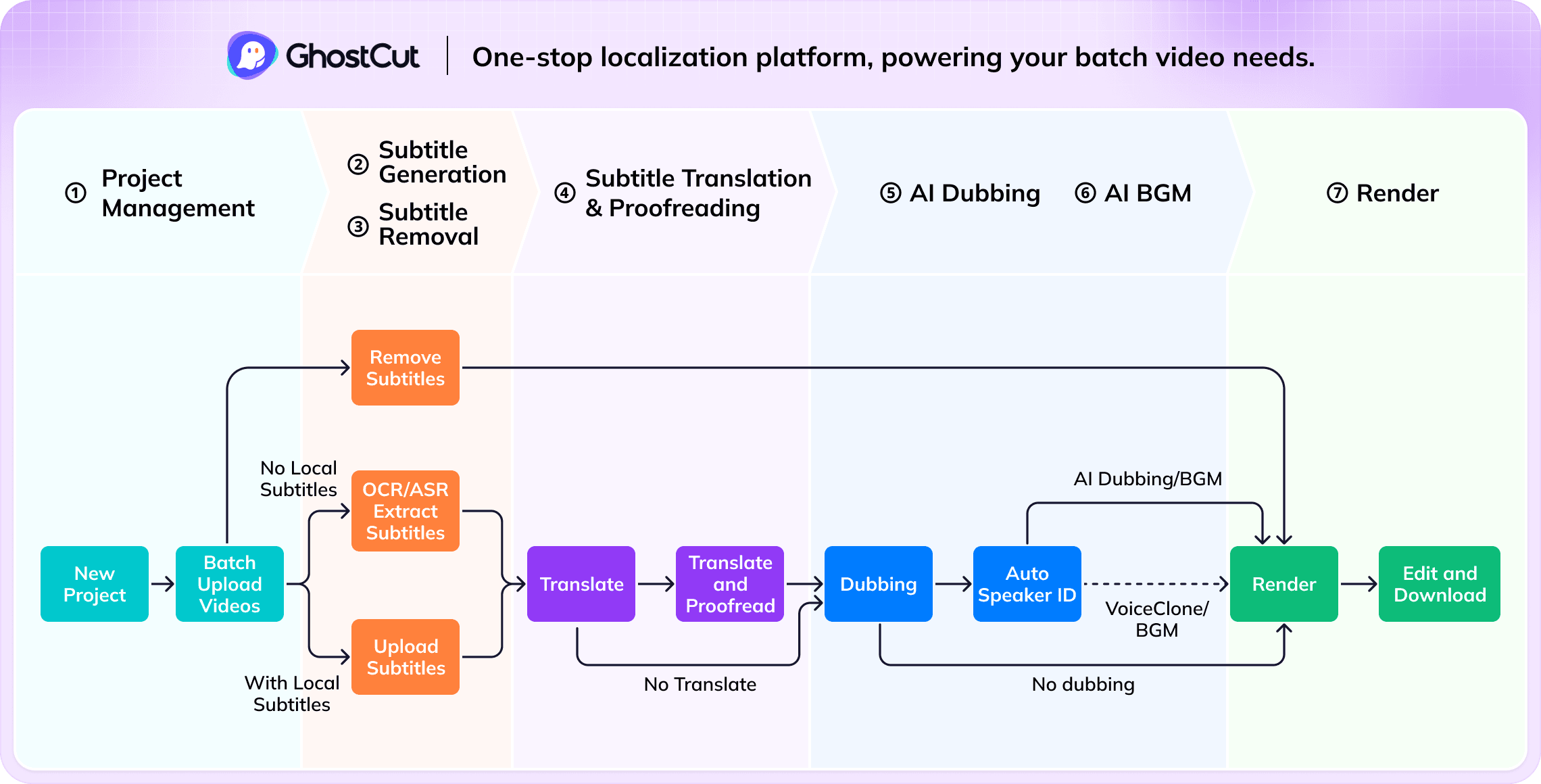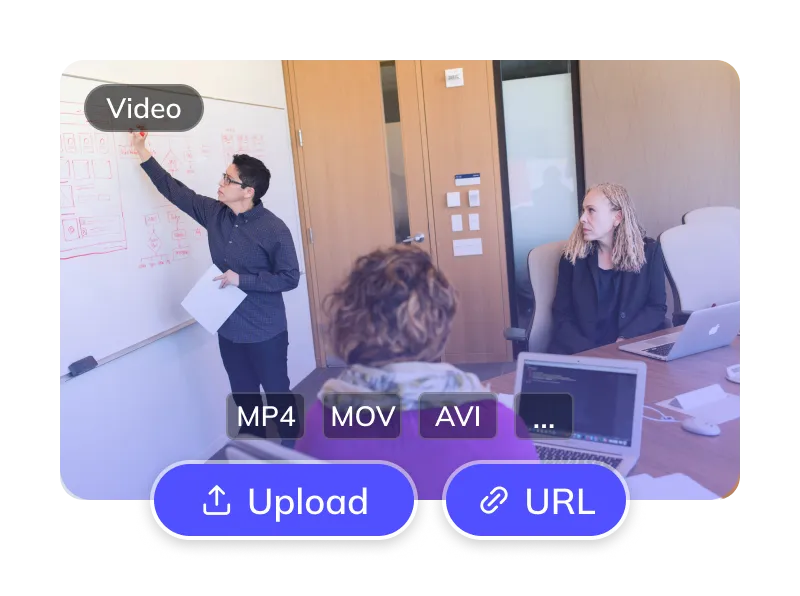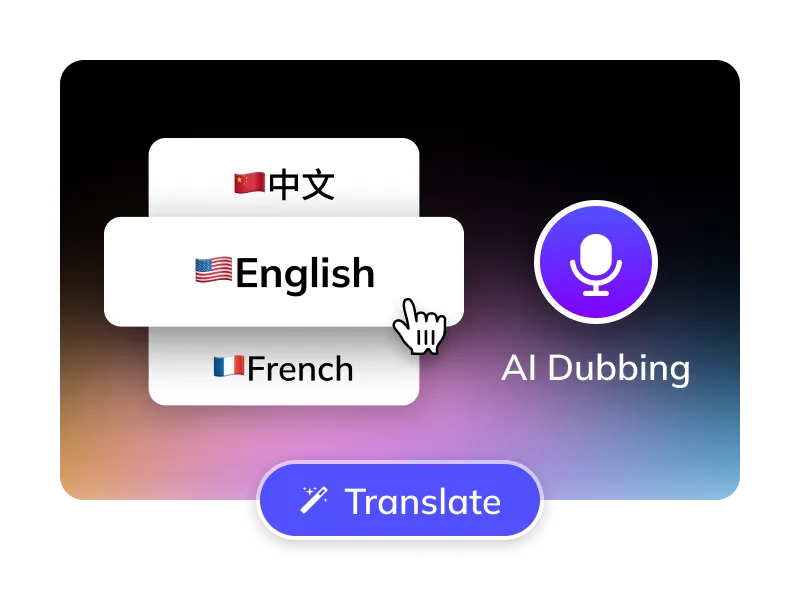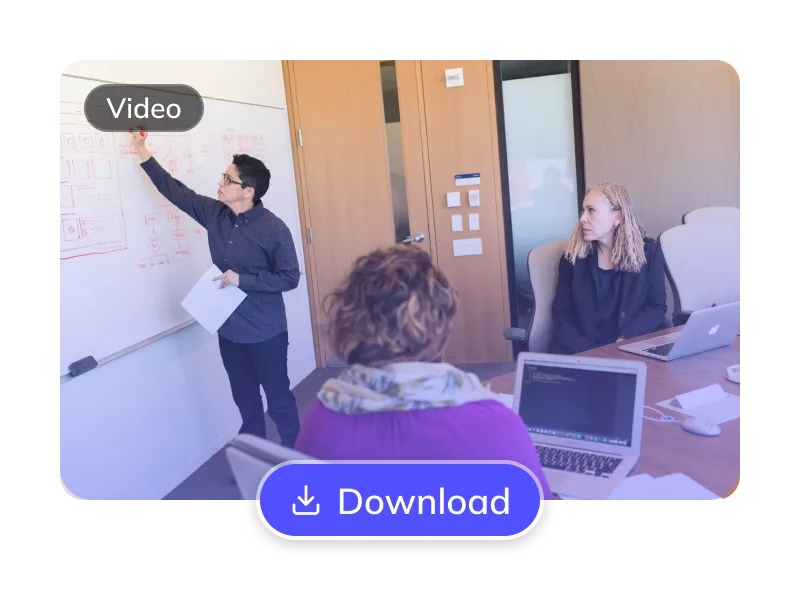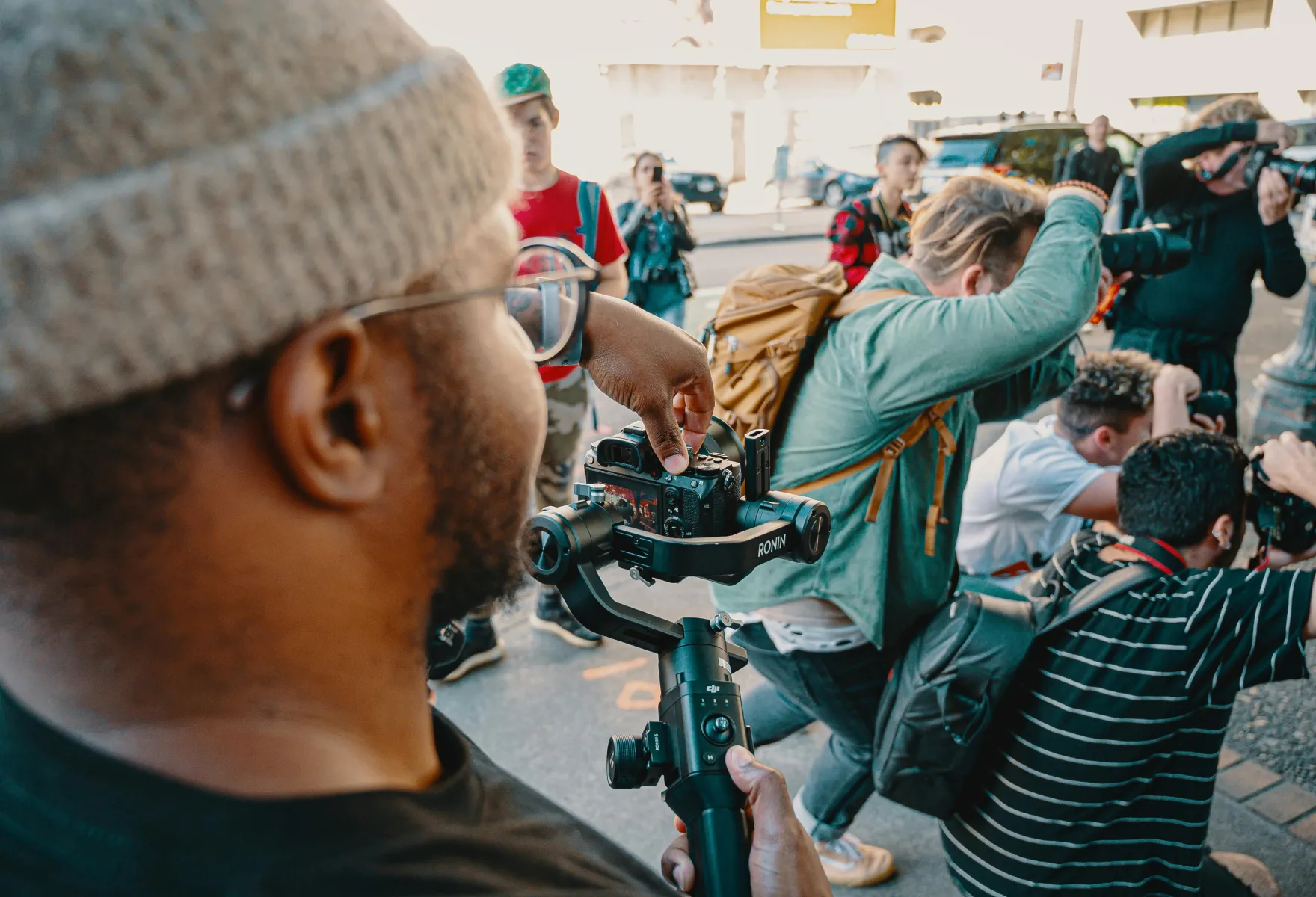How to Translate Russian Videos to English ?
Translate Russian Videos to Japanese in 3 Easy Steps
Trusted by 1,500,000+ Global Creators and Businesses
Why GhostCut for Your Video Translations?
GhostCut is your all-in-one AI solution for translating Russian content into natural, engaging Japanese.
Effortless Project Management
Manage Russian assets, subtitles, & Japanese videos. Batch process projects efficiently.
Pinpoint Japanese Accuracy
Up to 99.5% accurate. Optimized for Russian-to-Japanese with LLM calibration & multi-agent review for culturally fluent Japanese translations.
Lifelike Japanese AI Dubbing
Choose from diverse, human-like Japanese AI voices (US/UK accents). Emotion-cloning technology captures original tone for natural Japanese delivery.
Flexible Russian Subtitle Options
Optionally erase original Russian hardsubs for a clean slate. Translate embedded Russian subtitles directly.
Smart Multi-Speaker ID (Russian)
AI detects multiple speakers in Russian videos. Assign or clone distinct Japanese voices per character, with cross-episode consistency for complex Japanese dubs (dramas, interviews).
Efficient Batch Processing & API
Batch translate and dub 100s of Russian videos to Japanese at once. Seamlessly integrate with our robust API.
Versatile BGM Control
Keep or mute original BGM. Our unique tech can also isolate sound effects, meeting diverse copyright and distribution needs.
Unbeatable Value
Flexible Russian-to-Japanese plans. Try core features free. Automated pro service from just $0.1/minute.
Easy Online Access
No downloads. Instantly translate Russian videos to Japanese online. Works on Windows, Mac, & major mobile browsers for cloud processing anywhere.
The GhostCut Edge: Unmatched Accuracy, Speed, and Value.
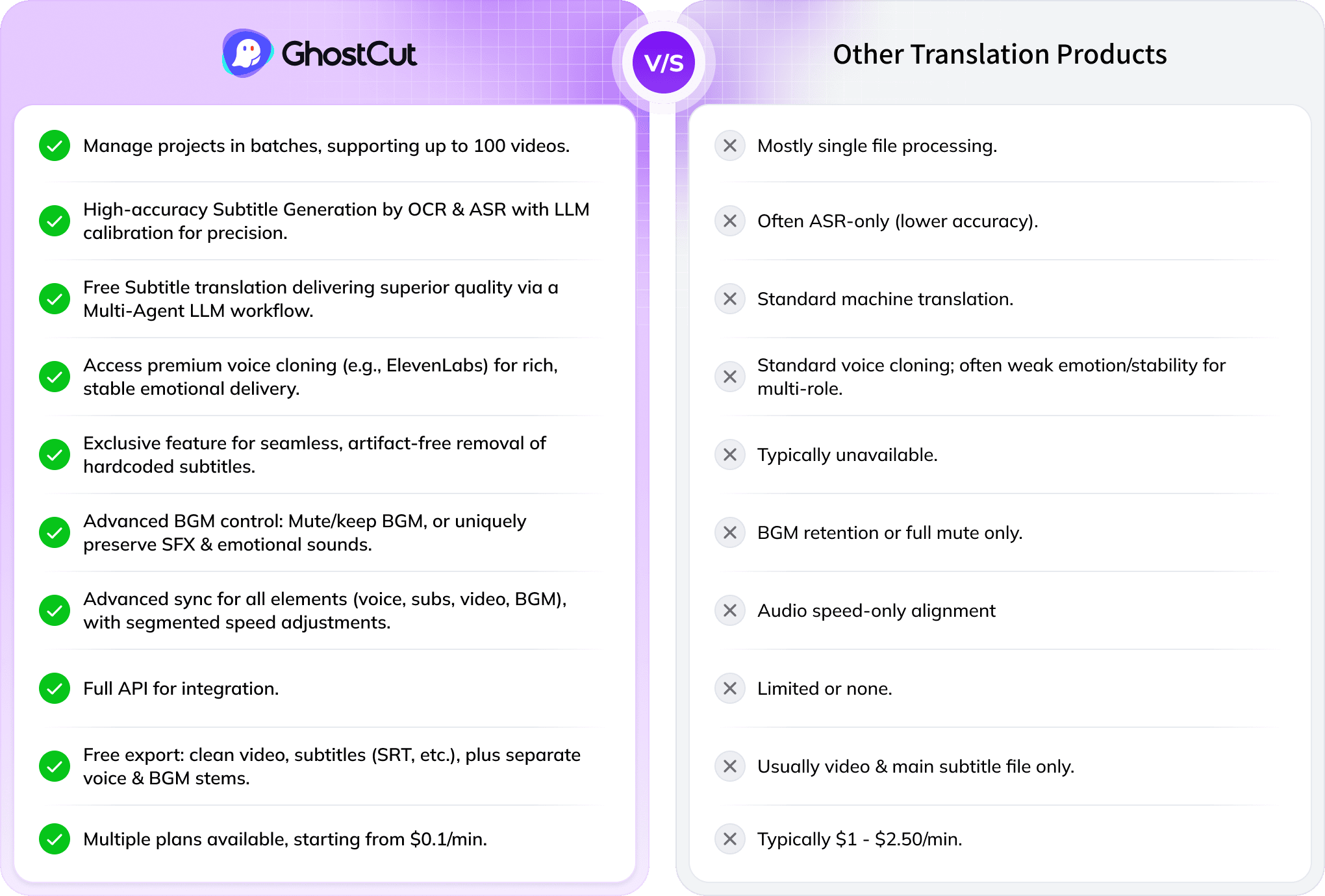
Every Algorithmic Optimization, Engineered for Quality Japanese Video
Mastering Long-Form Russian Drama & Multi-Character Dubbing
Translating a 100-minute Russian drama with 4000+ lines and many characters into Japanese is tough. Standard AI struggles to tell speakers apart, causing errors. GhostCut’s multi-modal AI (video, voice, text) excels in long-form, multi-speaker content, ensuring accurate, consistent character voices across entire series.
Translate Now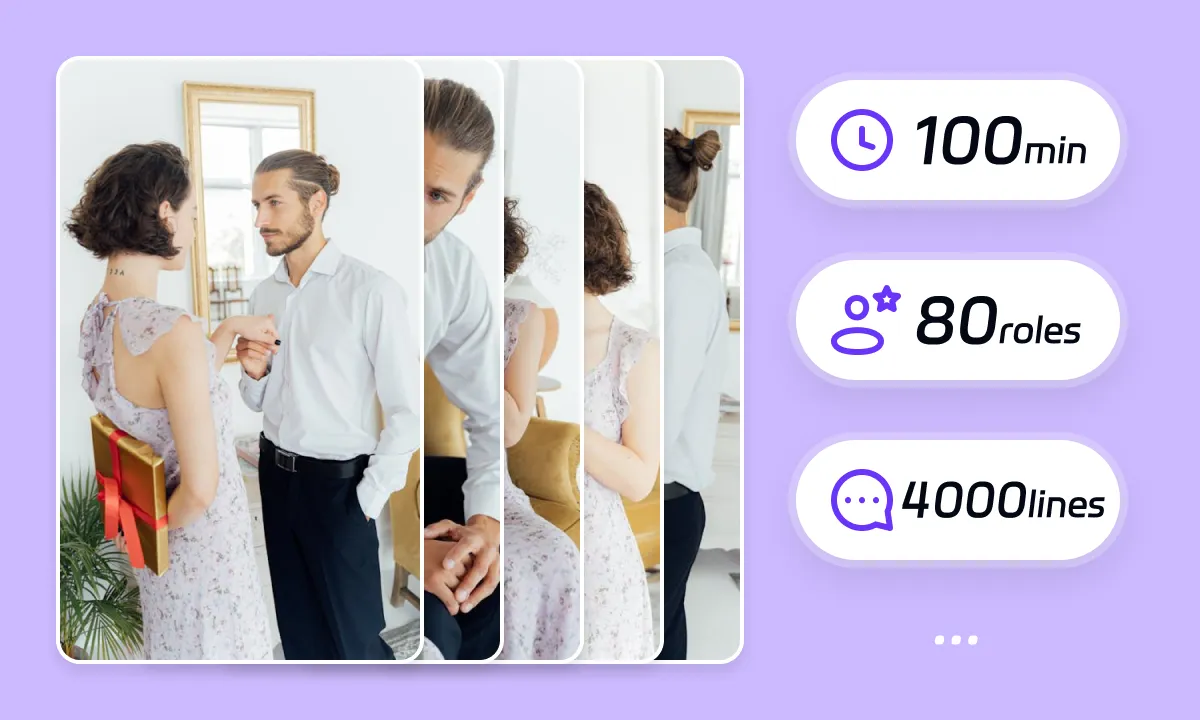
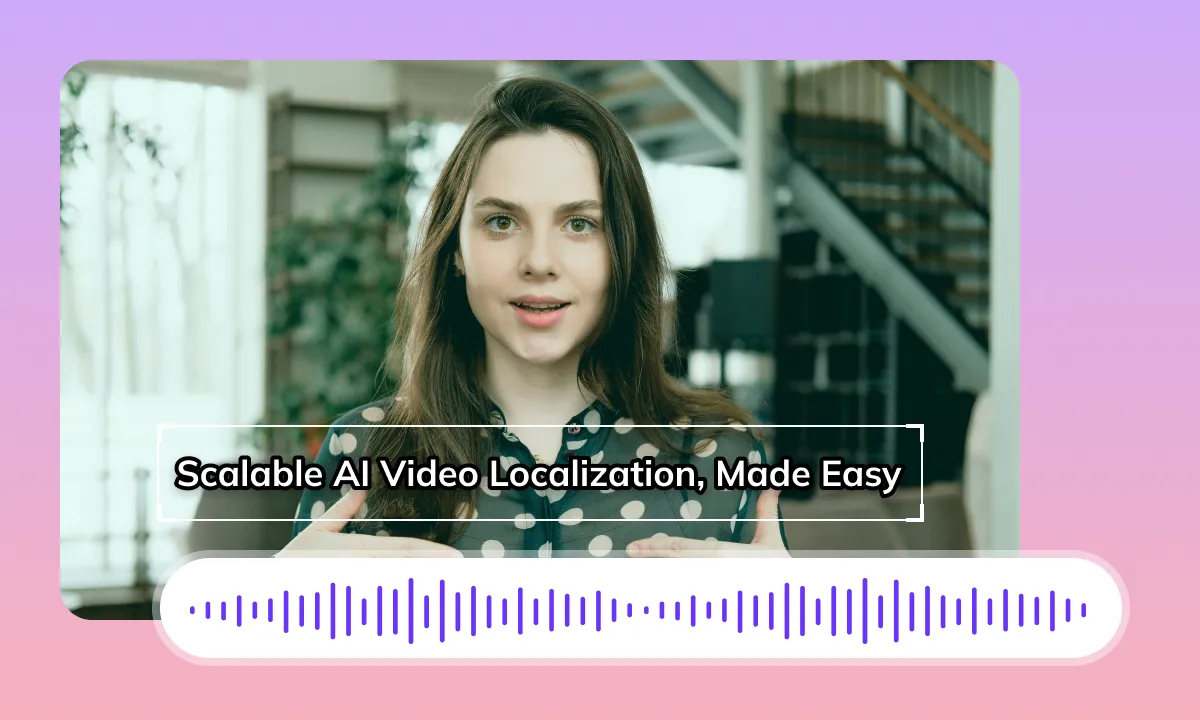
Seamless Japanese Dubbing & Perfect Lip-Sync
GhostCut ensures natural Japanese audio flow by treating related subtitles as whole ideas for TTS. It then precisely times new Japanese subtitles. Since Russian-to-Japanese translation can change speech length, our AI expertly adjusts the new Japanese audio, subtitles, video, and BGM to maintain perfect sync, just like a seasoned editor.
Translate NowBoost ROI with Flawless Russian Subtitle Removal
Original Russian hardsubs can limit your video's global appeal. GhostCut’s AI doesn't just blur; it intelligently reconstructs the background obscured by Russian subtitles, even complex ones, for a perfectly clean, high-quality visual. This means better viewer engagement, longer watch times, and higher ROI.
Translate Now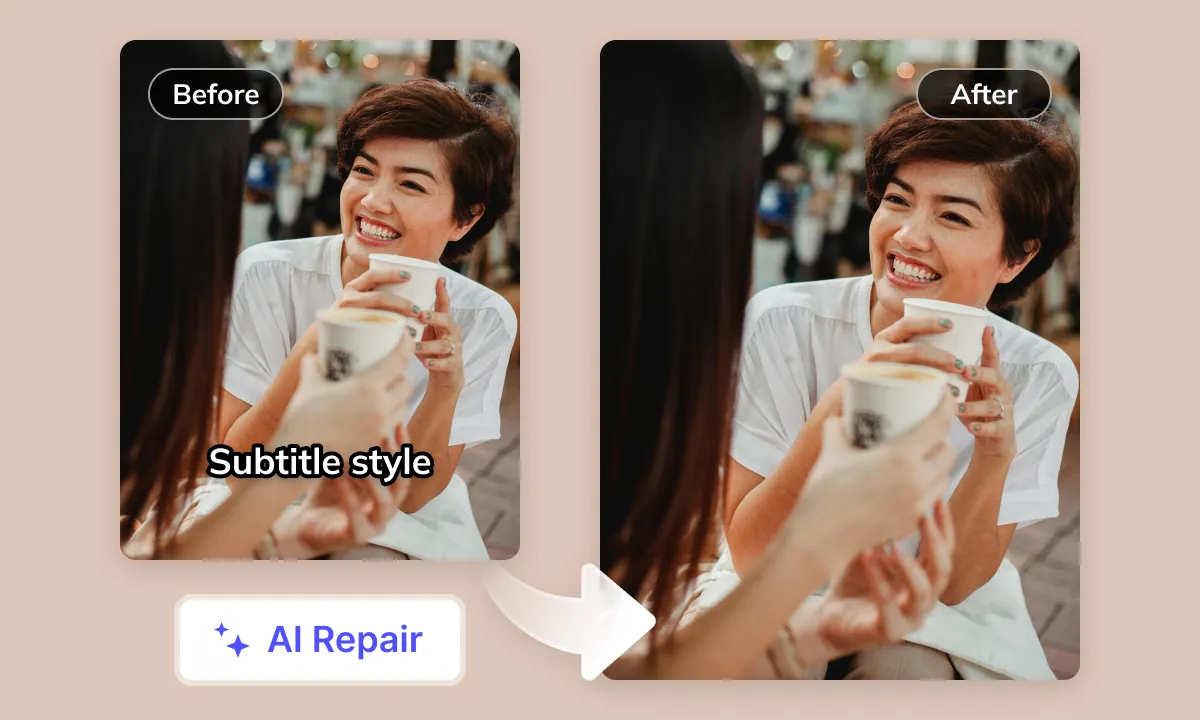
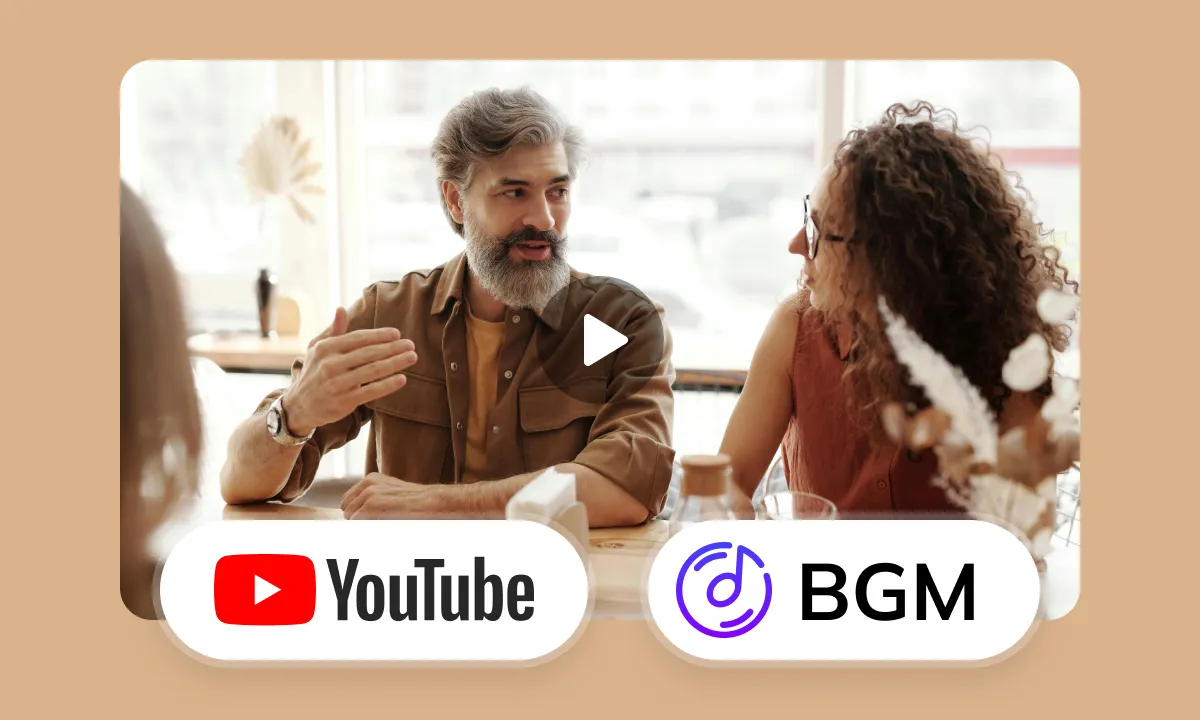
Smart Audio Control for YouTube Creators
Navigating BGM copyright on YouTube is tricky. GhostCut’s advanced audio separation isolates Russian dialogue for translation, while intelligently managing BGM, sound effects, and even emotional expressions. Our "Keep SFX, Remove Music" option is a creator favorite for avoiding copyright issues without losing your video’s impact.
Translate NowMake Your Russian Videos Easily Win the Japanese Market
High-quality Russian video content, whether news, culture, or entertainment, finds it difficult to reach millions of Japanese viewers due to language barriers. On current mainstream platforms, many excellent Russian videos lack quality Japanese subtitles or dubbing. This poses understanding challenges for Japanese users, significantly limiting their reach and engagement potential in the Japanese market. Consequently, the market has an increasingly urgent demand for professional, efficient Russian-to-Japanese AI video translation and dubbing solutions
Russian to Japanese Video Translation: Insights and Challenges
Hardcoded Subtitles and Original Audio Barriers
Videos with embedded Russian hardcoded subtitles or Russian voiceovers can hinder comprehension and degrade the viewing experience for Japanese audiences. These elements require proper removal or replacement
Cultural, Structural, and Lexical Challenges
Russian and Japanese differ significantly in grammatical structure (e.g., case systems vs. particles, word order), lexical meaning, cultural nuances, and expression habits. The complexity of Russian and the multi-layered honorific system in Japanese make direct translation prone to distortion or misunderstanding. The core challenge lies in accurately conveying the original meaning while adhering to Japanese linguistic conventions
Russian and Japanese Subtitle Characteristics
Russian Cyrillic script and Japanese KanjiKana systems have distinct visual styles. When translating Russian content into Japanese subtitles, it's crucial to consider Japanese text layout, line width limitations, and reading speed. Proper sentence breaking and character count per line are necessary to prevent overly dense subtitles or insufficient display time
Pacing and Speech Rate Differences
Different languages have varying speech rates and information density. When translating Russian dialogue into Japanese, the time required to convey the same meaning may differ, posing a challenge to maintaining audio-visual synchronization between the translated text and the original video
Russian AI Speech Recognition Challenges
Factors such as diverse regional accents in Russian, fast-paced multi-speaker dialogue scenarios, and complex background noise significantly impact the success rate of AI accurately recognizing Russian speech
Scarcity of High-Quality Japanese AI Voices
Despite the growing library of Japanese AI voice models, AI voices that sound natural, fluent, emotionally rich, and accurately capture unique Japanese pronunciation nuances and intonations remain relatively scarce
Lip-Sync Synchronization Difficulty
There are significant differences in the mouth shapes for Russian and Japanese phonetics. Achieving a high degree of lip-sync accuracy between Japanese dubbing and the original Russian video characters' mouth movements is technically very challenging
Top-Tier AI Video Translation Standards
Ideal Russian to Japanese AI video translation should feature: precise Russian speech recognition - authentic and culturally nuanced Japanese translation - high-quality Japanese AI voiceovers with lip-sync considerations - and automated audio-visual timeline alignment and editing capabilities
Tackling Video Translation Challenges with AI Empowering your Russian content for any worldwide scenario.
Your All-in-One AI Translation Studio
GhostCut offers more than just Russian-to-Japanese translation. It's a complete AI-powered workflow: subtitle extraction 、 removal 、 translation and proofreading to multi-character dubbing , BGM processing, and final rendering. Go from Russian source to global-ready videos, effortlessly.
